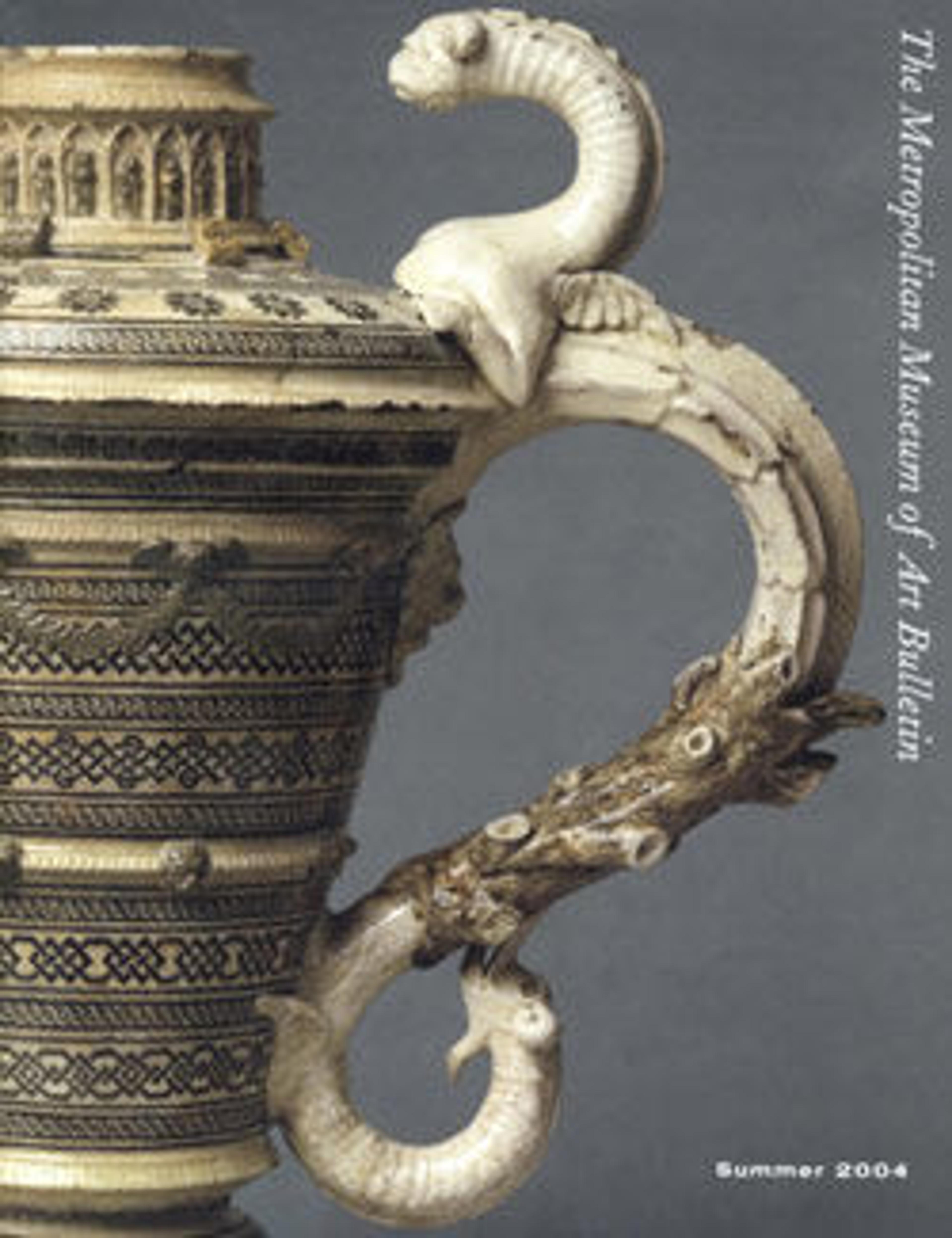Embroidered panel with Grotesque decoration
An example of the kind of work [Catherine de Medici] appreciated is the Museum's panel of yellow satin embroidered with silk threads. One of a set of three (the others are in the Musée Historique des Tissus, Lyon), it hung as a valence around the top of a four-poster bed. Various print sources were culled for the airy design of grotesques, while its five vignettes derived from Ovid's Metamorphoses- based on the myths of Europa, Actaeon, Semele, Pyramus, and Salmacis- are adapted from woodcut illustrations published by Bernard Salomon in Lyon in 1557. Its brilliant colors, exquisite design, and sumptuous material would have suited the queen's taste perfectly.
Artwork Details
- Title:Embroidered panel with Grotesque decoration
- Artist:Narrative scenes adapted from woodcuts by Bernard Salomon (French, ca. 1508–ca. 1561)
- Date:1560–70
- Culture:French
- Medium:Silk thread on silk
- Dimensions:Overall (confirmed): 16 1/2 × 78 in. (41.9 × 198.1 cm)
Frame (confirmed): 19 1/2 × 82 1/4 × 1 1/2 in. (49.5 × 208.9 × 3.8 cm) - Classification:Textiles-Embroidered
- Credit Line:Rogers Fund, 1956
- Object Number:56.27
- Curatorial Department: European Sculpture and Decorative Arts
More Artwork
Research Resources
The Met provides unparalleled resources for research and welcomes an international community of students and scholars. The Met's Open Access API is where creators and researchers can connect to the The Met collection. Open Access data and public domain images are available for unrestricted commercial and noncommercial use without permission or fee.
To request images under copyright and other restrictions, please use this Image Request form.
Feedback
We continue to research and examine historical and cultural context for objects in The Met collection. If you have comments or questions about this object record, please contact us using the form below. The Museum looks forward to receiving your comments.
